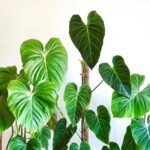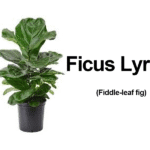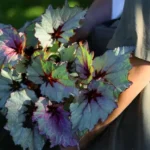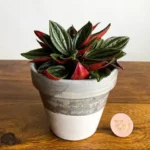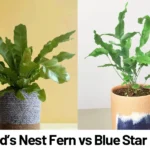Alocasia vs Colocasia: A Complete Comparison for Plant Lovers
Alocasia and Colocasia are two popular plant genera often confused due to their similar aesthetic appeal and tropical origin. Commonly called “Elephant Ears,” both plants add dramatic flair to gardens and indoor spaces. However, they differ in terms of care, appearance, and suitability for different living situations. In this article, we’ll explore the key differences and similarities between Alocasia and Colocasia to help you determine which one is right for your space and lifestyle.
Overview of Alocasia
- Botanical Name: Alocasia spp.
- Origin: Tropical and subtropical Asia and Eastern Australia
- Appearance: Alocasia species feature large, upright, arrow-shaped leaves with prominent veins. The foliage often appears glossy and can have contrasting green, silver, or even purple hues.
Alocasia is well-known for its sculptural beauty and architectural presence in both indoor and outdoor settings. It is typically grown as a houseplant in cooler climates but thrives outdoors in USDA zones 9-11.
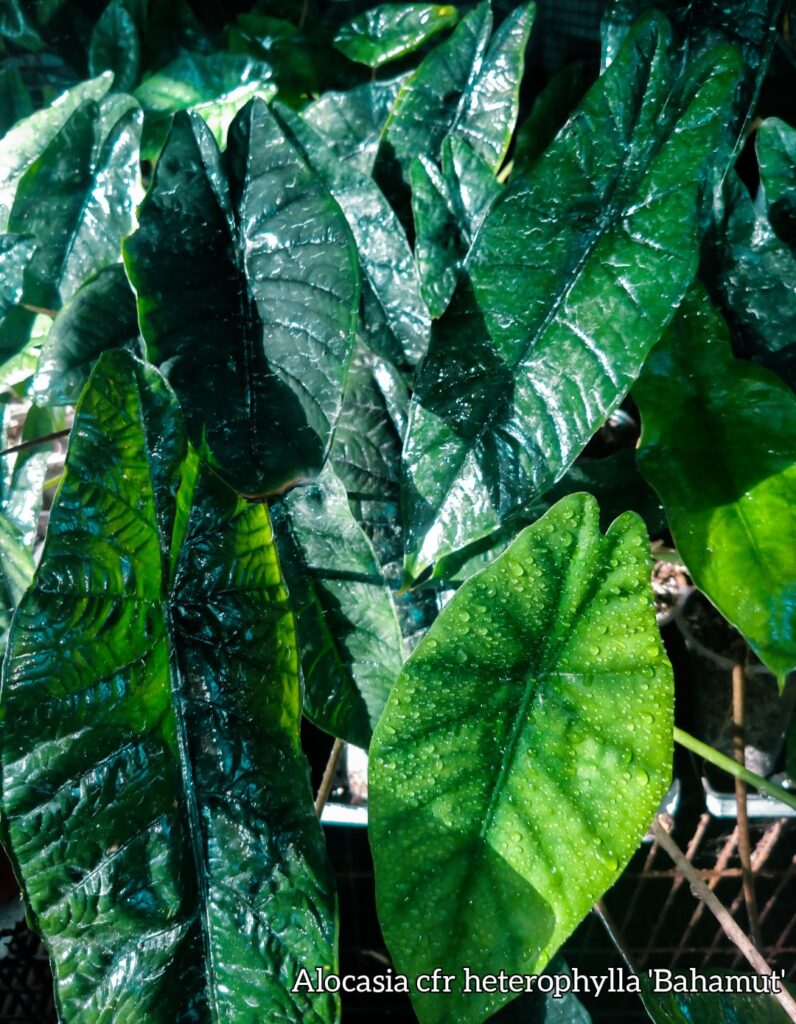
Overview of Colocasia
- Botanical Name: Colocasia spp.
- Origin: Southeast Asia and India
- Appearance: Colocasia plants are characterized by large, heart-shaped leaves that often droop downward. The foliage is typically a rich green but can vary, with some cultivars offering dark purple or black tones.
Colocasia, commonly called Taro, is not just ornamental—its edible roots are a dietary staple in many tropical countries. It grows best outdoors in warm, humid regions but can also be grown indoors with the proper conditions.
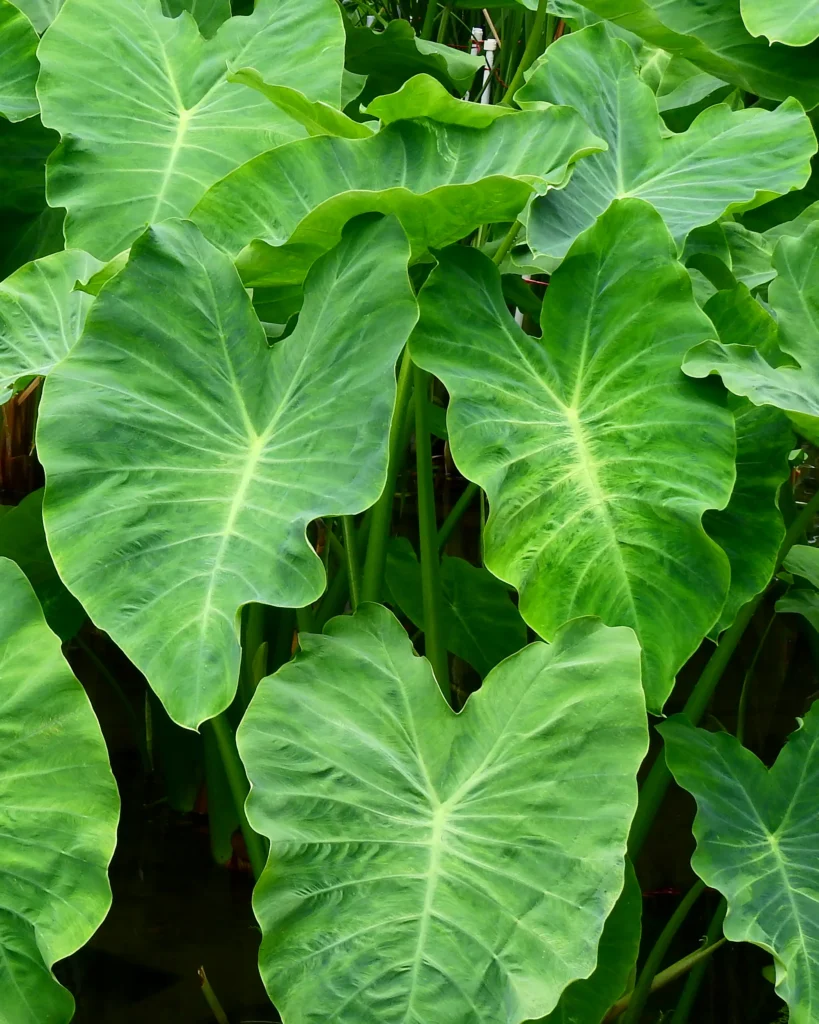
Care Comparison: Alocasia vs Colocasia
| Care Factor | Alocasia | Colocasia |
|---|---|---|
| Light | Bright, indirect light; avoids direct sun exposure | Full sun to partial shade; tolerates more direct sunlight |
| Water | Keep consistently moist but not soggy | Loves wet conditions; even grows well in standing water |
| Humidity | High humidity needed (60%+) | Thrives in high humidity but more tolerant of moderate levels |
| Soil | Well-draining, chunky potting mix | Moist, rich, and heavy soil (can tolerate clay) |
| Difficulty | Moderate to high; sensitive to changes | Moderate; generally more adaptable |
Growth Behavior and Space Requirements
Alocasia tends to grow in an upright, vertical form which makes it suitable as a statement piece in corners or narrow spots. It is generally a slower grower and doesn’t spread aggressively.
Colocasia, on the other hand, has a clumping or spreading habit, especially outdoors. It can grow very wide and tall—up to 6 feet in each direction—requiring substantial space. Some Colocasia cultivars produce ‘runners’ and multiply quickly, making them better suited for gardens or large outdoor containers.
Toxicity and Pet Safety
Both Alocasia and Colocasia are toxic to pets and humans if ingested. They contain calcium oxalate crystals, which can cause severe irritation of the mouth and digestive tract (ASCPA, 2023). It’s essential to keep them out of reach from curious pets and young children.
Pros and Cons
Alocasia
- Pros: Unique, sculptural foliage; makes a striking indoor plant; compact vertical growth
- Cons: Sensitive to watering issues and humidity; not ideal for beginners
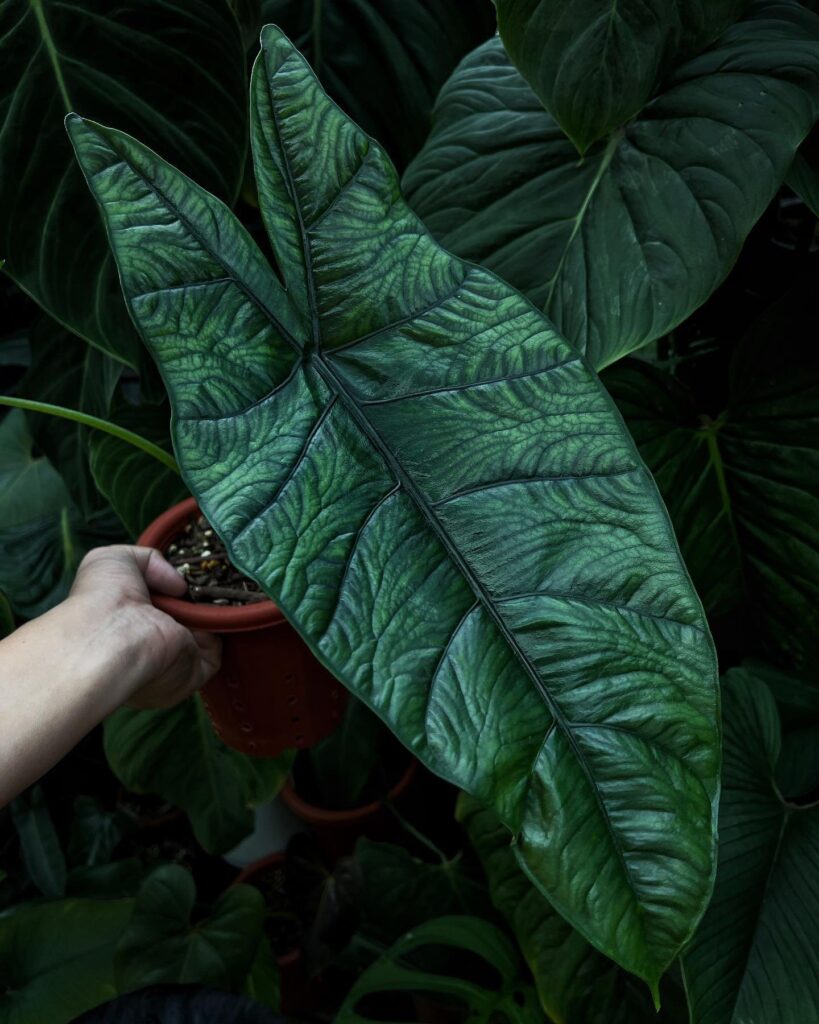
Colocasia
- Pros: Easy to care for outdoors; tolerates wet conditions; bolder size perfect for garden landscapes
- Cons: Needs a lot of space; less suitable for small indoor spaces; not pet safe
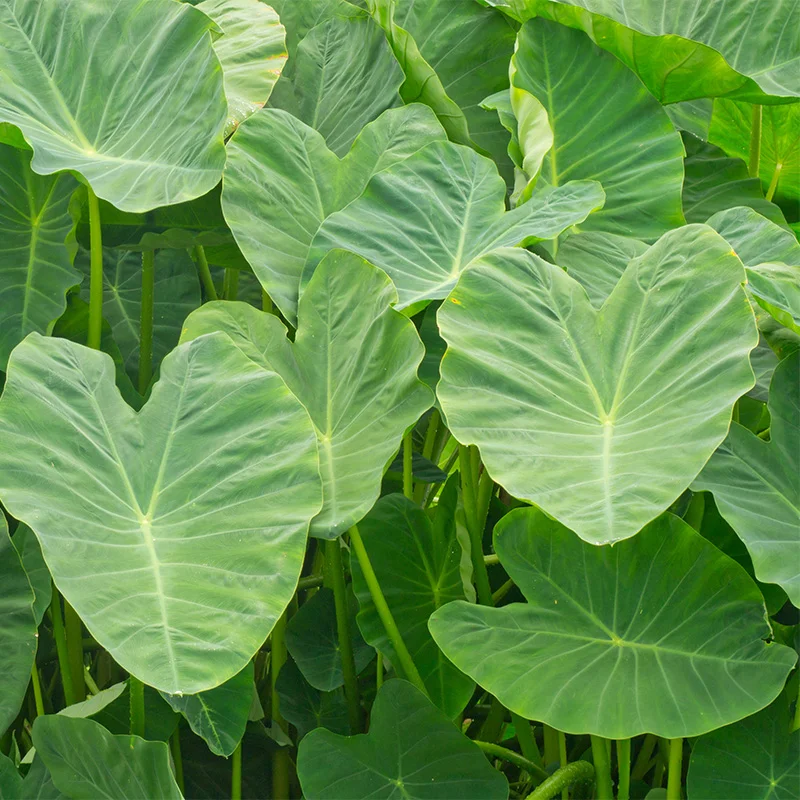
Real-life Suitability
- For Beginners: Colocasia may be easier due to its hardiness and tolerance for moisture and varying light.
- For Indoor Spaces/Offices: Alocasia is better-suited indoors thanks to its upright, compact size and bold foliage despite requiring more attentive care.
- For Low Light: Neither thrives in very low light, but Colocasia is a bit more forgiving outdoors. Indoors, both need consistent, bright indirect light.
Conclusion: Which Plant is Right for You?
Choosing between Alocasia and Colocasia ultimately depends on your environment and personal preference. If you’re an experienced plant parent looking to add a striking indoor houseplant and are willing to cater to humidity and watering needs, Alocasia is your best bet. If you’re after a dramatic, easy-to-grow outdoor plant or garden centerpiece and have space to spare, Colocasia offers reliable, vigorous growth.
For pet owners, neither plant is ideal, but keeping them out of reach can mitigate risks. Beginners or those seeking lower-maintenance foliage should consider Colocasia varieties that can thrive outdoors with minimal fuss. However, for those who want to enjoy tropical elegance indoors, Alocasia is a rewarding (if sometimes fussy) companion.
References
- American Society for the Prevention of Cruelty to Animals (ASPCA). (2023). Toxic and Non-Toxic Plants. Retrieved from https://www.aspca.org/pet-care/animal-poison-control/toxic-and-non-toxic-plants
- Toh, M., & Glassman, S. F. (2021). Growth and cultivation of tropical aroids: Alocasia and Colocasia. Journal of Horticultural Plant Research, 8(3), 112-123.
- Williams, J. B. (2020). Indoor plantscape management: Alocasia and Colocasia maintenance challenges. HortTechnology, 30(2), 207-214.

